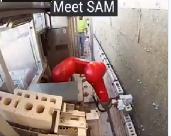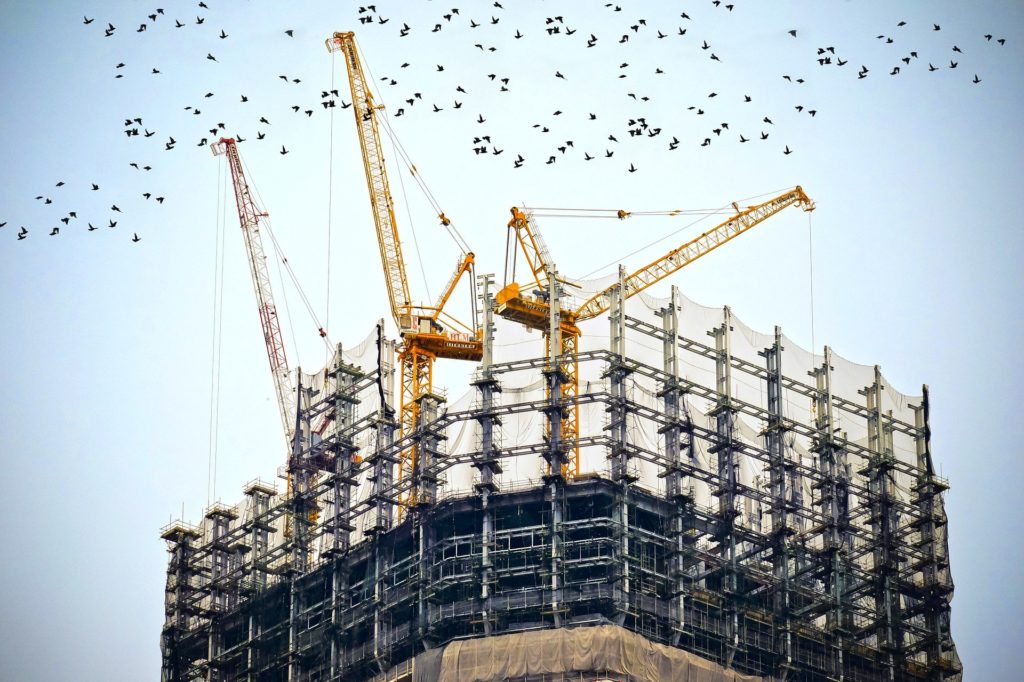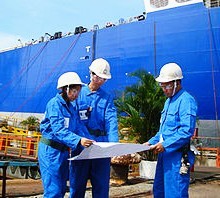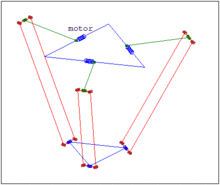Why AI Is Taking Over Construction Industries

Facts About The Modern Construction Industries
The construction industry is a giant business venture globally. Every construction industry may have its various system of operation but when it comes to the execution of most projects, they all seem to follow a similar procedure which involves; plan, designing, building, and testing before commissioning.

Why The Modern Construction Industries are Opting For AI
Due to the various intrigues involved in construction jobs, technology usually applied mostly works on manual principles. However, the automation system has helped to introduce artificial intelligence into the construction and all the engineering companies generally.
Though most of the machines use for engineering jobs, especially in construction need precision in executing their works.
How The Construction Industries are Employing AI

Therefore, the easy idea of automation in such industries is not always taken seriously as the key players tend to emphasize more on safety, accuracy, and speed of operations which they believed the manual operation could offer in the industry more than the automated system.
However, that ideology is changing gradually and most large construction industries are beginning to notice the difference artificial intelligence could make in the job if properly harnessed within their systems of operations.
Experts in the field now believe that all the initial fears of safety, accuracy, and speed can be overcome in a better way using artificial intelligence technology.
In a way of making the issue simple, a New York City-based startup Pillar company has started its effort on how to apply the AI to their construction and general engineering jobs in addition to other companies globally.
Most of them are using predictive analytics to do everything from preventive maintenance to work schedule optimization.
According to Pillar’s team, some types of tools are not likely to remain on job sites, rather sensors and real-time video that collect data and AI that analyzes the information could lead to safer, more comfortable homes and workplaces.
Matt Joyal, Pillar’s chief technology officer believes that AI is being added to everything and that is the way technology is going. Since the construction industry like theirs has so much data, it will be appropriate to use them and make job sites efficient and safe.

“One of the challenges with AI and machine learning is you need good data to build models,” says Jamel Toppin.
Since the company has wireless devices that collect data about conditions at construction sites and has much data on job procedures, it will be possible to apply AI in its operations.
Alex Schwarzkopf, Pillar’s chief executive, founded the company with Joyal and a third friend while still in college in 2015 to address a giant gap in construction-site safety.
Manual ways of keeping sites safe–with human fire watches, for example–weren’t as efficient or foolproof as they needed to be.
Pillar’s rugged yellow, wireless devices can flag all sorts of troubles on construction sites before they become multimillion-dollar messes or cause injuries to people.
They can identify leaks, which can result in mold, and determine the level of particulates like silica, which can be harmful to construction workers.
The founders raised $3.6 million in funding and signed dozens of clients nationwide, including the World Trade Center in New York.
Revenue is expected to reach at least $4 million this year, still small, but Pillar’s plans for predictive analytics should help growth accelerate.
“Alex’s business is taking the risk out of the system,” says Martha Notaras, a partner at XL Innovate, the venture division of insurance giant AXA and an investor in Pillar.
Schwarzkopf, 27, and his cofounders originally intended to build a sports helmet that could measure impacts and determine concussion risk. But athletes didn’t want to wear it, they couldn’t get funding and the project died.
That failed startup eventually led to Pillar after a friend in construction management suggested they transfer the technology too hard hats.
In meetings with construction managers about that new idea, one building exec asked them if they could monitor temperature or humidity to help prevent mold growth and construction defects.

Their existing device couldn’t do any of those things, but Schwarzkopf and his co-founders seized the opportunity. “We were like, ‘Give us four months, and we’ll build that,’” he recalls.
They scrambled and built an early version of the Pillar device that they could demonstrate to Gilbane, a large construction firm. The first prototype looked rough, a bunch of wires shoved into two blue electrical boxes.
Yet durability, rather than looks, proved the steeper hurdle. In an early meeting with a potential customer, a construction manager through the device across the room and watched as it smashed into pieces to illustrate just how tough the product would need to be.
Schwarzkopf and Joyal figured out how to build a more rugged, wireless product with a battery that could last for months.
Builders can now put dozens of its industrial-grade sensors on their construction sites and leave them there through rain and wind to monitor potentially destructive conditions and send emergency alerts as need be.
All that information provides the data for a planned AI system. The devices include seven different sensors to monitor temperature, humidity, dust, particulates, air pressure, ambient light, and carbon monoxide.
“What we’ve been doing is some basic anomaly detection. We are looking for outliers,” Joyal says. “This year, we’re going to see how far we can push machine learning to get our customers better insights into their buildings.”
Over time, as Pillar gathers more data from its own sensors, it will be able to model the data more dynamically to predict, for example, at what point a pipe is likely to freeze on the first floor with the door open in 30-degree temperatures versus on the third floor where temperatures are higher to allow drywall installation.
“If it is raining outside, the threshold for when a fire might start is different,” Joyal says. Predictive modeling will allow Pillar to take such differences into account–and as Pillar sucks up more data in its devices, the models will get smarter over time.
Pillar eventually could consider both building-to-building differences—perhaps allowing it to rate a developer’s 25 construction sites based on their riskiness—and regional differences.
Someday, Pillar’s devices might even stay in the buildings once they’re constructed, sending off details about their environments to a central system, which could keep monitoring for potential problems.
Asked about that, Schwarzkopf smiles. “It’s funny you’re asking that,” he says, “because I have a lot of people asking me to do that.”
